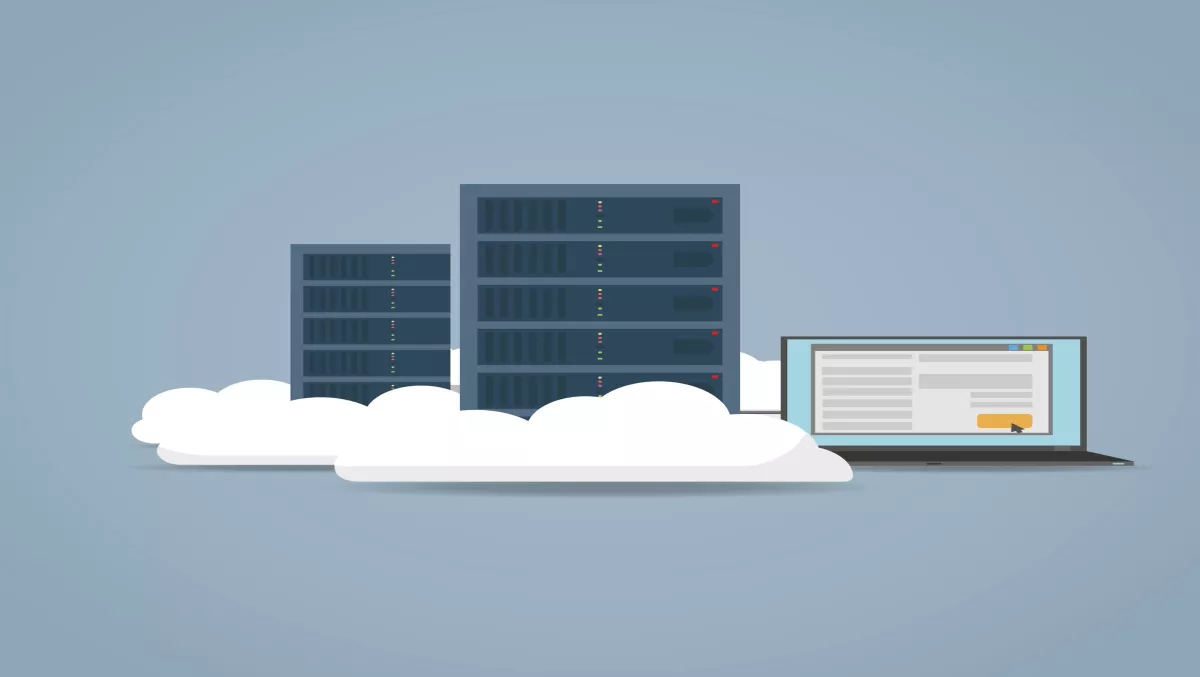
How sustainability, DCIM and the Open Compute Project present opportunity for colocation providers
While my last blog post focused on some market demands and challenges that colocation providers must meet, this one will look at opportunities providers have to improve their bottom lines.
Both posts are based on discussions at the International Colocation Club event in Paris, where some 40 executives from colocation providers around the globe gathered to learn from industry analysts, discuss trends and explore ways to improve their businesses.
During the last session of the event, we broke the group into teams, each charged with discussing a different topic.
Three of them touched on areas where colocation providers could make improvements that would either save them money or present new business opportunities – or both.
SustainabilityOne such area is sustainability, the whole idea of using less natural resources to produce energy – which, as it turns out, usually saves you money.
An executive from a South African colo provider reports that some colos in that country are running on 100% renewable energy, a nod to the favorable climate for solar energy.
But he also notes there's more to sustainability efforts than just saving money. "There's also the socio-economic reason why you do this," he says. "It's our responsibility to try and keep the legacy of our continent for our next generation.
While clearly not every geographic location is going to lend itself to support data centers that run on 100% renewable energy, every company can take steps to reduce its energy consumption – and should for competitive reasons.
However, even if a colo provider takes all the steps it can to reduce energy use, it's ultimate power usage effectiveness (PUE) rating is subject to clients using the IT resources they have provisioned.
Too often, customers over-provision, which makes it difficult for providers to achieve the lowest possible PUE.
Use of DCIMClosely related to the sustainability discussion was another on data center infrastructure management (DCIM). Used effectively, DCIM can also help providers reduce their energy consumption by showing them where energy is being wasted.
The group discussing the DCIM topic noted that to be successful, it's important to have specific goals in mind for why you're deploying the technology.
He likened it to companies that deploy large software packages such as SAP that can do many different things, including HR, procurement, financials and so on. You've got to pick and choose which you want to use.
While that's certainly true, I'm seeing more and more end customers demanding the level of transparency that DCIM provides. They want to be able to "see" inside their provider's data center, monitor their SLAs and visualize what's happening with their infrastructure.
At the same time, however, DCIM presents an opportunity for colocation providers to offer management services that are based on the DCIM platform.
Customers will pay a premium for services that give them the kinds of insights into their IT infrastructure that DCIM provides.
So, it's really the classic win-win: DCIM helps the provider run a more cost-effective data center, while also giving it an opportunity for a new revenue-generating service.
Open Compute ProjectThe Open Compute Project (OCP) presents another opportunity for colo providers to lower their costs and run a more efficient data center.
OCP is all about simplicity and driving down costs. It offers designs for simple, low-cost servers, networking and storage equipment, as I discussed in this recent post.
But it was clear from the group discussing this topic in Paris that OCP hasn't made major in-roads yet into colo data centers.
That's not surprising, because the technology grew out of companies that operate hyper-scale data centers, where the economics behind those simple designs makes sense, because they pay big dividends.
But you can expect large cloud players to be exploring OCP designs soon, if they're not already. And given that those cloud players account for the largest share of growth in the colocation market, it's a topic providers would do well to educate themselves on.
I consider it an opportunity for colo providers to begin partnering with large cloud players and start using OCP architectures in at least some portion of their data centers.
Article by Greg Jones, Schneider Electric Data Center Blog

